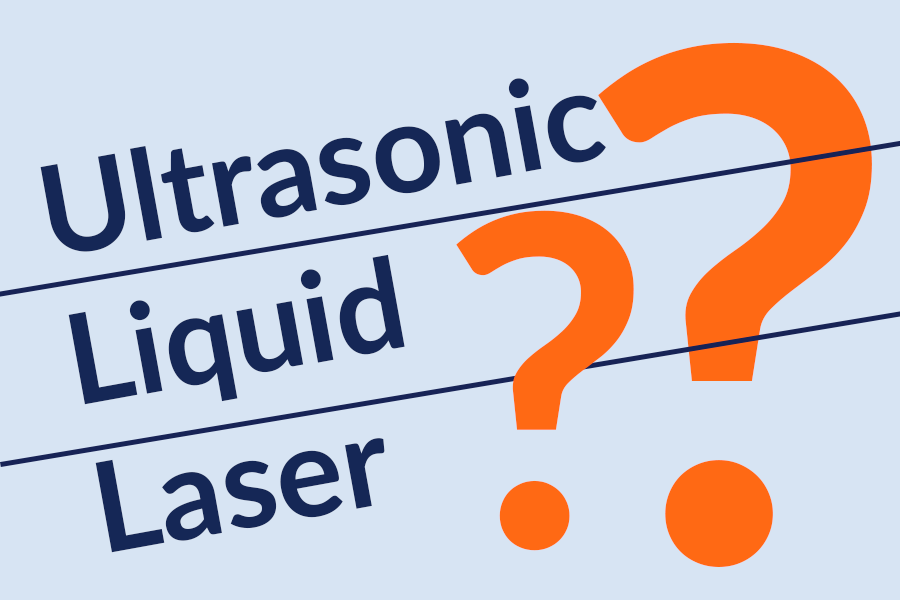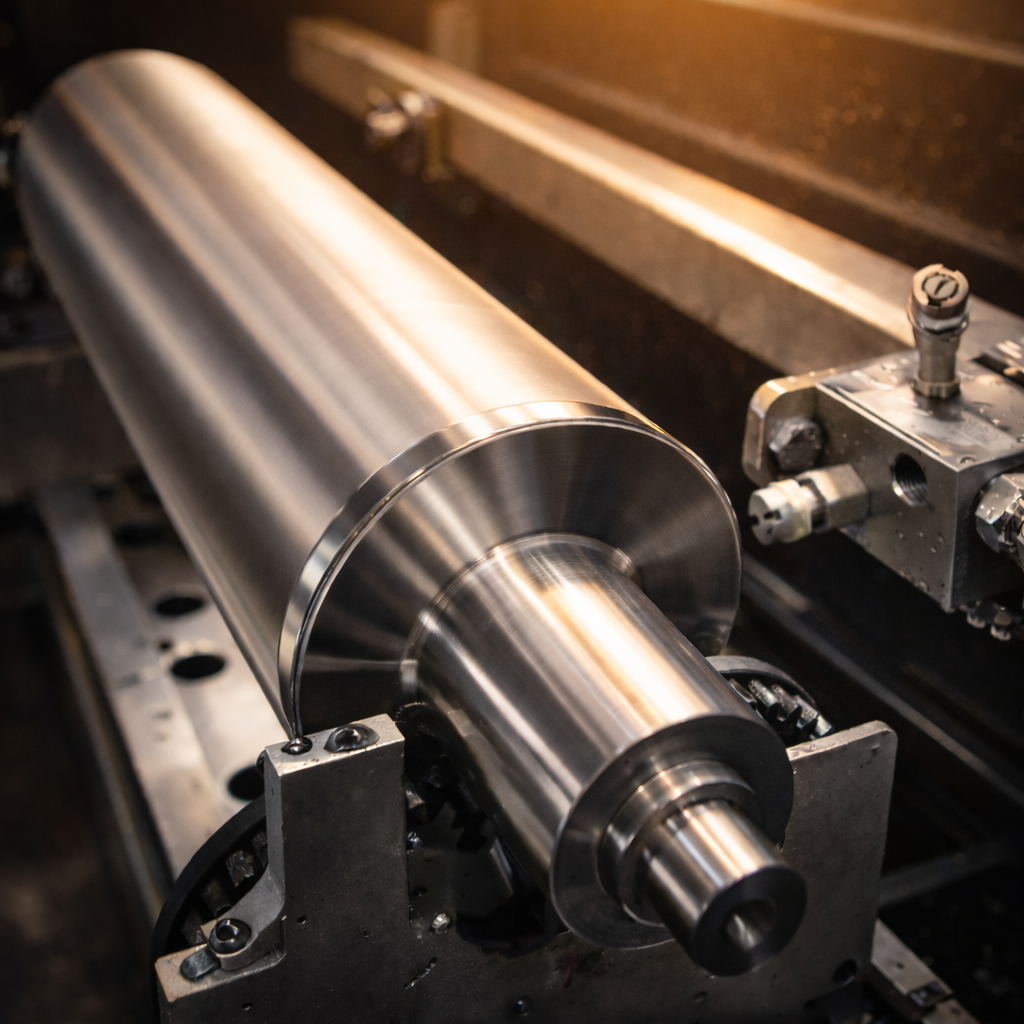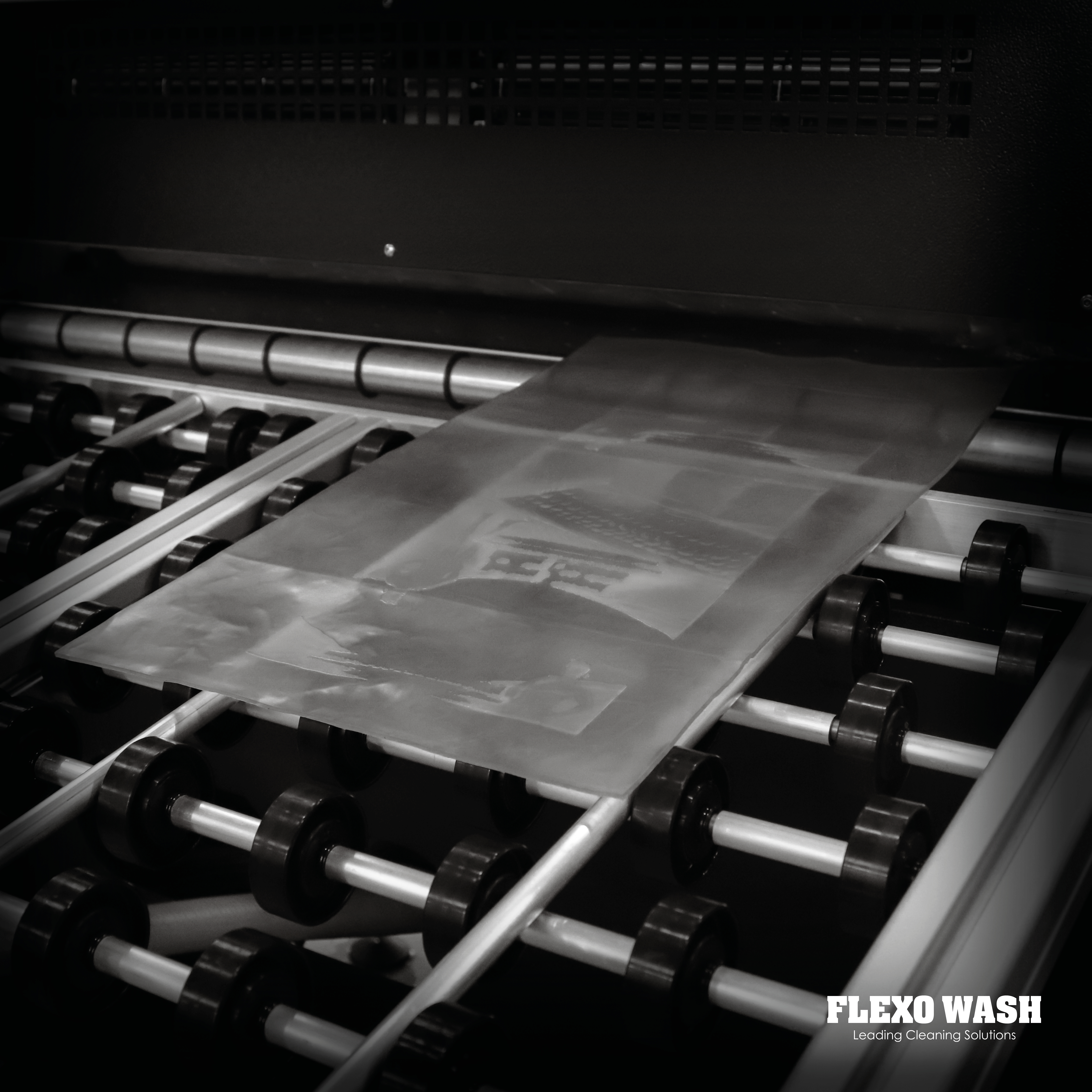3 different cleaning solutions
The possibilities are many, but which will be best for you and your business? This blog will give you a quick overview of the different methods, and send you on to more in-depth guides that can make it clearer to you which method you should choose. There are many things to consider when choosing the right cleaning solution for your company. In the following, we will briefly discuss the three different methods; Ultrasonic, Liquid and Laser. Each method has pros and cons, the question is which method suits you and your business best.
1. Ultrasonic:
This method is based on cleaning with ultrasound and liquid.
Ultrasonic cleaning involves using sound waves (typically 20-40 kHz) to create millions of vacuum chambers in a fluid, which then collapse near the submerged object (such as ink residue), sucking away contaminants and effectively cleaning the object.
| PROS | CONS |
|
✔️ Low usage of consumables ✔️ Smaller machines ✔️ Able to adjust the frequency |
❌ The implosive energy can deteriorate thinner cell walls ❌ Dents from handling can develop into surface damage |
2. Liquid:
This method is based on cleaning with liquid and high-pressure water.
In liquid cleaning, a cleaning solution consisting of water and soap is heated and sprayed onto the anilox. The solution reacts with ink in the anilox cells, causing the ink to shrink and release from the cell walls. High-pressure water is then used to rinse away the remaining cleaning solution and ink particles from the anilox cells.
| PROS | CONS |
|
✔️ Daily deep clean possible ✔️ No wear or tear on aniloxes ✔️Easy to operate |
❌ Ongoing consumables cost ❌ Difficulties with cleaning of 2K inks |
3. Laser:
This method uses laser technology for cleaning.
Laser cleaning involves using a specific wavelength of light that is absorbed by the ink, firing many thousands of short pulses of high-power light per second. These pulses vaporize the ink at a molecular level and eject it from the surface of the anilox. The short duration of the pulses is important in controlling the power delivered to the surface of the anilox.
| PROS | CONS |
|
✔️ Waste-free - no liquid consumption ✔️ Minimal maintenance ✔️ Effective on difficult coatings, adhesives and 2K inks |
❌ Larger start-up investment ❌ Need for trained operators |
Which method should you choose?
All three methods can give perfect cleaning results and reduce your downtime and expenses from printing with dirty aniloxes.
But which method should you choose? For more in-depth guidance, you can download one of our two guides, where the different methods are being compared and you get tips on what to consider when deciding which is the best for you and your business.





.jpg.jpg)
